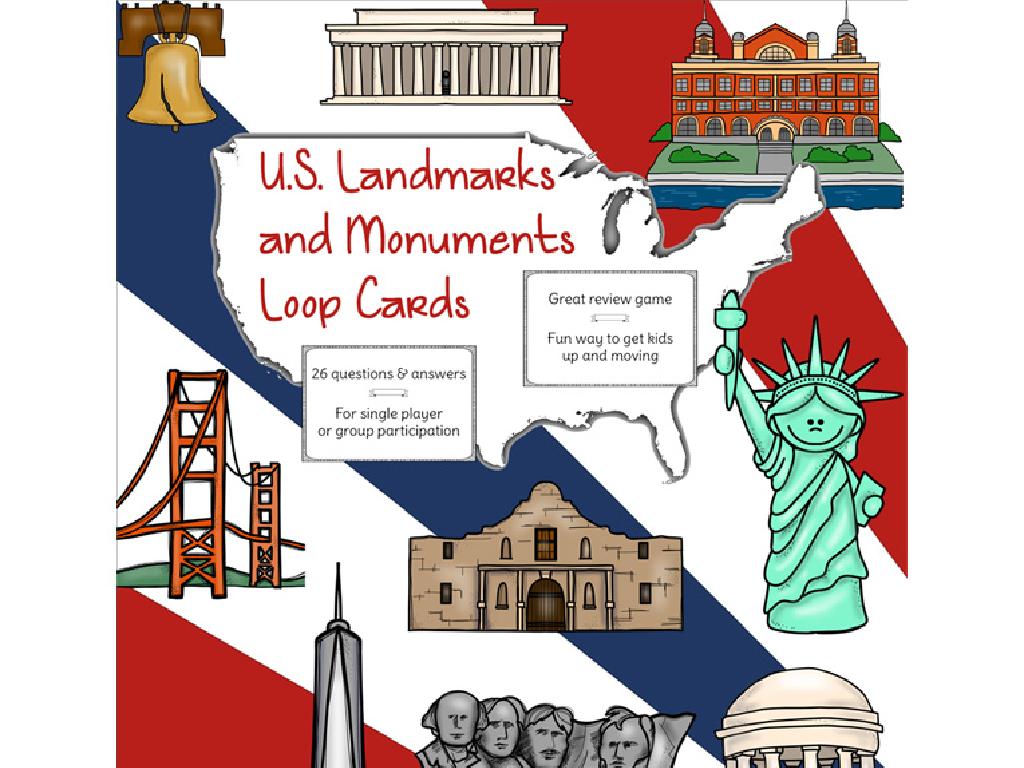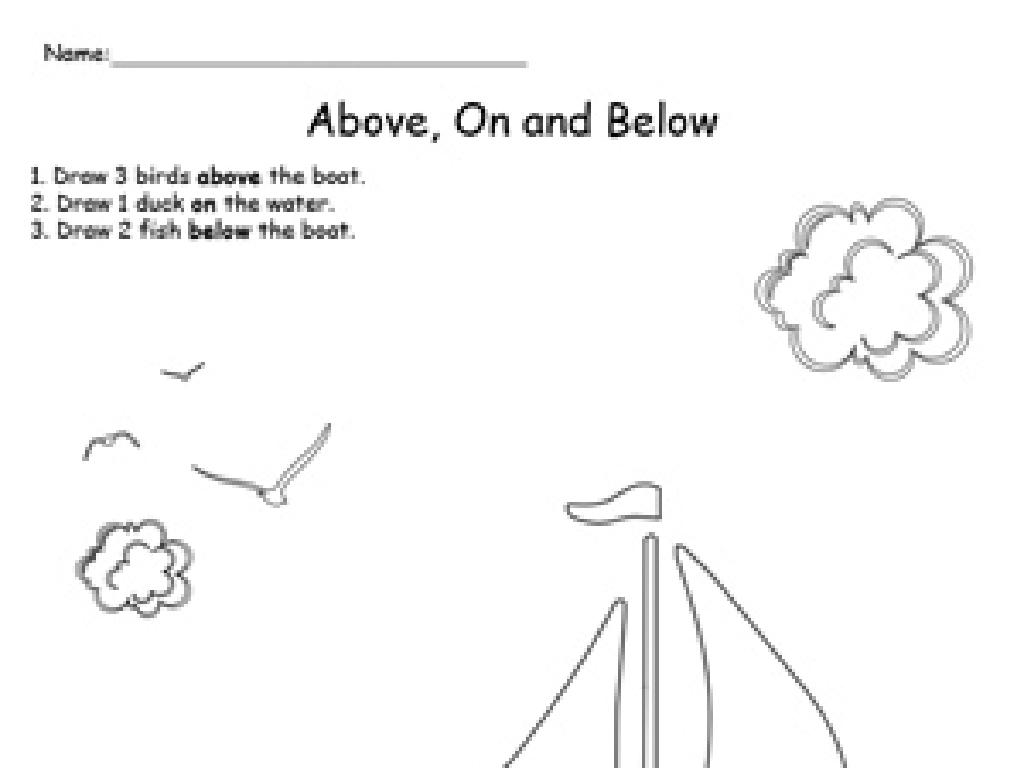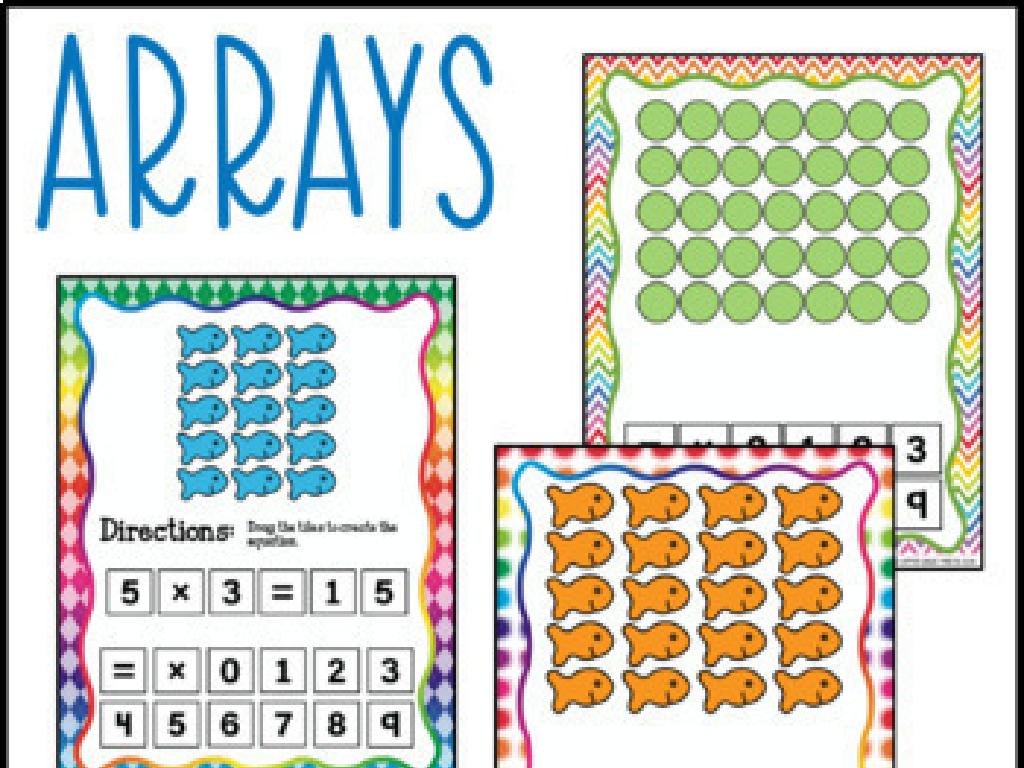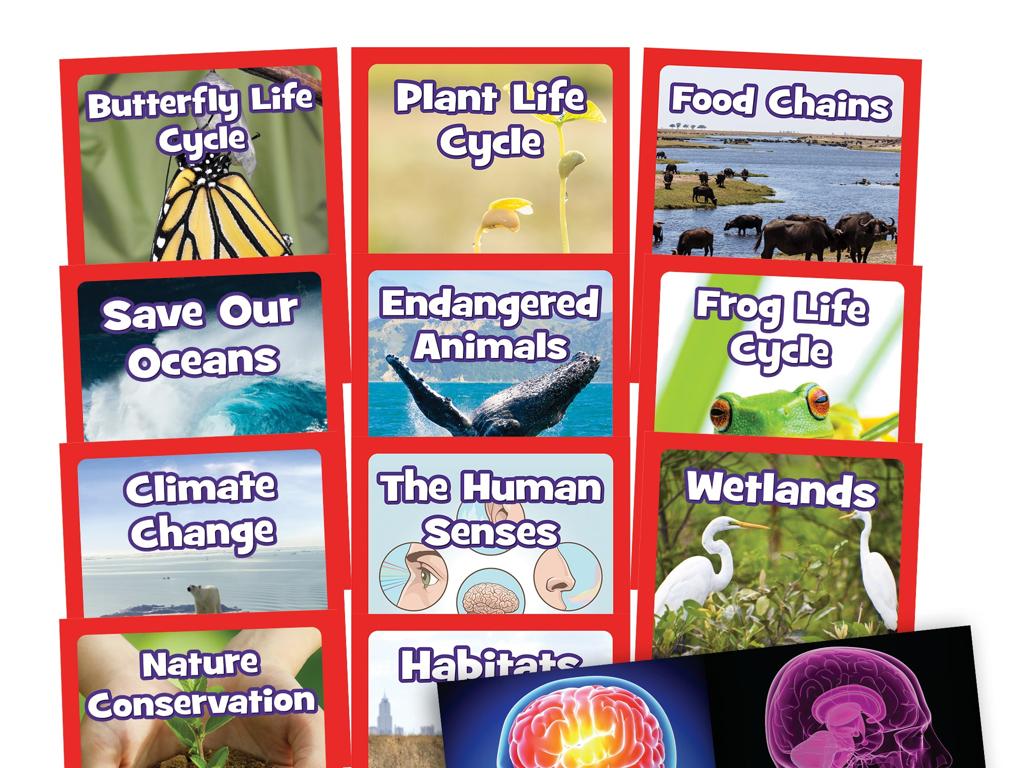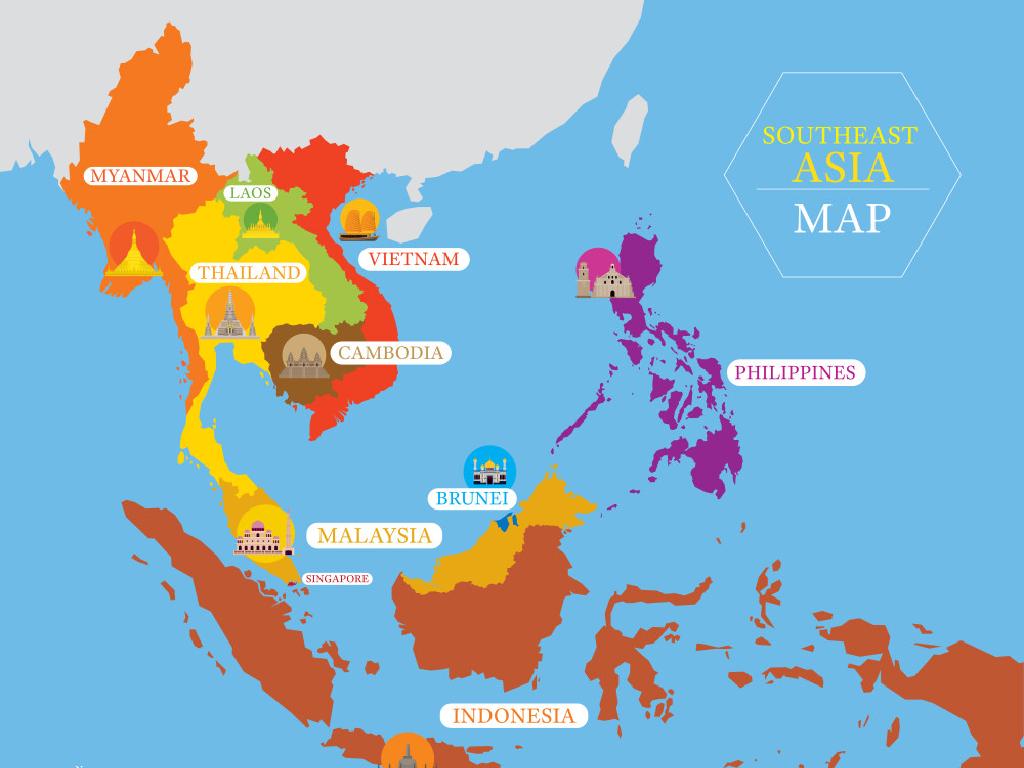Select The Members Of A Group
Subject: Language arts
Grade: Fifth grade
Topic: Categories
Please LOG IN to download the presentation. Access is available to registered users only.
View More Content
Welcome to Categories!
– Learning to group items
– Why grouping is key
– Helps in sorting and understanding information
– Organizing our thoughts
– Makes it easier to study and remember things
– Practice creating categories
|
This slide introduces the concept of categories, which is a fundamental skill in organizing information and thought processes. Explain to the students that being able to group things together based on common characteristics helps us make sense of the world around us. It’s a skill that can be applied across various subjects, from language arts to science. Encourage the students to think about things they encounter daily and how they might group them. For example, animals can be grouped by habitat or diet, and books can be categorized by genre. During the practice session, have students create their own categories with objects in the classroom or ideas from a story or article they’ve read.
Understanding Categories
– What is a category?
– A group with common characteristics
– Examples of categories
– Fruits: apples, bananas; Animals: dogs, cats; Shapes: circles, squares
– Purpose of categories
– They help us organize and understand the world
– Class activity: Identify categories
– Pick items in the classroom and group them into categories
|
This slide introduces the concept of categories, which is a foundational element in organizing information and understanding the world around us. Start by explaining that a category is a collection of items that share common features. Provide relatable examples such as fruits, animals, and shapes to illustrate the point. Discuss with students why categorization is important it simplifies complexity and aids in learning. For the class activity, encourage students to look around the classroom and select various objects to categorize based on their attributes. This will help them apply the concept of categories to their immediate environment and reinforce their understanding through practical application.
Creating Categories: Things That Fly
– Creating a category: common features
– Find what items share, like ‘wings’
– Group activity: ‘Things That Fly’
– Let’s think of items that can soar in the sky!
– Examples of flying things
– Birds, planes, insects? Add to our list!
– Discuss and categorize together
– Work as a class to sort our flying items
|
This slide introduces the concept of categorization by identifying common features among items. Start by explaining how categories are formed and provide guidance on identifying common characteristics. For the group activity, engage the class in creating a ‘Things That Fly’ category. Prompt students to think of examples and encourage them to explain why they belong in this category. This will help them understand how to group items based on shared attributes. Facilitate a discussion where students can contribute their ideas and collaboratively decide which items fit the category, fostering critical thinking and teamwork.
Selecting Members of a Group: Categories
– Not all fit in a category
– Selecting by common features
– Does it have wings or can it soar in the sky?
– Activity: ‘Things That Fly’
– Choose items that can fly, like birds or planes
– Discuss your choices
– Think about why you chose these items
|
This slide introduces the concept of categorization by emphasizing that not all items belong to every category. The key to selecting members of a group is identifying a common feature shared by those members. For the activity, present a list of various items to the class and ask them to select which ones belong in the ‘Things That Fly’ category. This could include birds, insects, airplanes, and even kites. Encourage students to discuss why they selected each item and what feature they believe qualifies it to be in the category. This will help them understand the concept of categorization and how to apply it.
Practice Time: Grouping Classroom Objects
– Create categories for objects
– Work together in groups
– Collaborate to find common characteristics
– Choose items for your category
– Select objects that match the category theme
– Share with the class
|
This slide is for a class activity aimed at helping students understand the concept of categories by using tangible items in their classroom. Divide the class into small groups and have each group create a category, such as ‘writing tools’ or ‘things that are round’. Then, students will select items from around the classroom that fit into their category. After the activity, each group will share their categories and selected items with the class. This exercise encourages teamwork, critical thinking, and the application of categorization skills. Possible activities for different groups could include categorizing by color, shape, function, or material. Ensure that each group has a chance to explain their reasoning for their selections to foster communication skills.
Understanding Categories in Language
– Categories organize our language
– Words grouped by type
– Like sorting books in a library
– Examples: nouns, verbs, adjectives
– Nouns: person, place, or thing. Verbs: actions. Adjectives: describe nouns.
– Activity: Find category examples
– Think of words from your favorite story and decide their types.
|
This slide introduces the concept of categories in language, which helps students organize and better understand words and their functions. Explain that just like sorting different items into groups, we can sort words into categories like nouns, verbs, and adjectives. Provide clear definitions for each word type. For the activity, encourage students to think of words from a story or their daily life and determine which category they belong to. This will help them recognize patterns in language and enhance their writing skills. In the next class, ask students to share their examples and discuss why they fit into those categories.
Class Activity: Category Charades
– Let’s play Category Charades!
– Groups act out silent clues
– Pretend to be different items from one category
– Class guesses categories and items
– Think about what makes each item belong to the category
– No speaking, only actions!
|
This activity is designed to help students understand the concept of categories by using charades to act out items that belong to a specific category. Divide the class into small groups and assign each group a different category (e.g., animals, sports, food). Each group will take turns acting out items from their category without speaking or making any sounds. The rest of the class will try to guess both the category and the items being acted out. This encourages teamwork, creativity, and critical thinking as students must convey and interpret the characteristics that link items to their category. Possible categories could include fruits, musical instruments, or occupations. Ensure that each group has a chance to perform and guess, and debrief at the end to discuss the categories and the items that fit into them.
Wrapping Up: Categories and Group Members
– Congratulations on learning about categories!
– Categories organize our world
– Like sorting books by genre or animals by habitat
– Practice categorizing at home
– Try sorting toys, books, or even snacks
– Share your categories with friends
– Discuss what categories you made and why
|
This slide is meant to congratulate the students on their hard work and to reinforce the importance of categories in organizing and understanding the world around them. Encourage them to continue practicing this skill by categorizing objects in their daily lives, such as their toys, books, or even snacks. This will help solidify their understanding of the concept. Suggest that they share their categories with friends or family members to make the activity more engaging and to get them to think about the reasons behind their sorting choices. This will also help develop their ability to communicate their thought process and reasoning.

